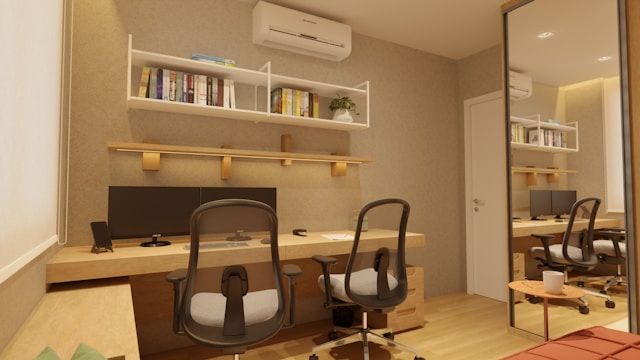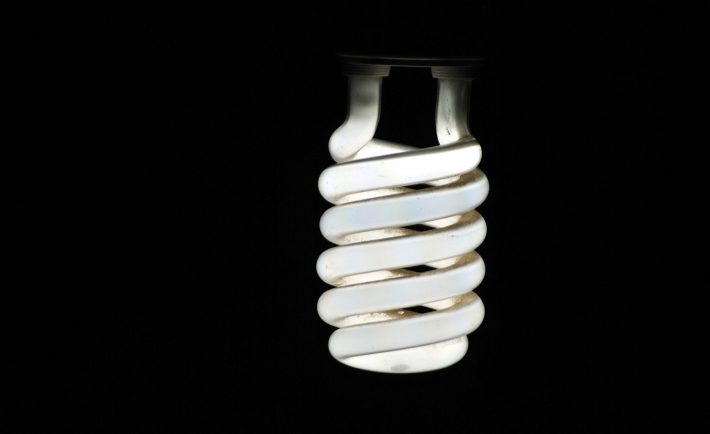Electricity prices aren’t exactly friendly to your wallet these days. If you’re still on the standard SP Group plan, you’re paying 30.65 cents per kilowatt-hour, inclusive of GST. For a 3-room HDB flat, that adds up to about S$81.22 a month, and for larger homes, it can be even higher.
But cutting back on your electricity bill doesn’t have to mean cutting back on comfort. With just a few thoughtful changes to your habits and home setup, you can start saving significantly every month.
#1: OPT FOR LED BULBS
When it comes to easy energy savings, lighting is a great place to begin. LED bulbs consume far less electricity than traditional incandescent or CFL bulbs while delivering the same brightness.
They also last much longer, which means fewer trips to the store and less money spent on replacements. It’s a simple switch that brings long-term payoff.
#2: GET CASHBACK WHEN YOU PAY THE BILL
Paying your electricity bill can actually earn you money if you use the right credit card. Some cashback credit cards offer rebates on utility payments, provided you meet a minimum monthly spend.
Popular options like the UOB One Card, OCBC 365, or Maybank Family & Friends Card can give you up to 6 percent cashback. If you’re already paying the bill, why not get rewarded for it?
#3: CHOOSE ENERGY SAVING APPLIANCES
Not all appliances are created equal. Major energy consumers in the home include air-conditioners, refrigerators and water heaters. The next time you’re shopping for a replacement, look out for appliances with more ticks on the NEA energy label.

Image Credits: nea.gov.sg
The more ticks, the more efficient the appliance. For example, a five-tick air-conditioner can save you up to S$260 per year compared to a two-tick model. While the upfront cost might be a bit higher, the long-term savings often outweigh it.
#4: ADOPT SMARTER HABITS
Small actions can lead to big savings. Start by switching off electronics completely at the socket when not in use. Devices like smart TVs, laptops and routers continue to draw power even in standby mode. Turning them off properly could save you about S$25 a year.
On top of that, try to limit the use of your electric water heater on hot days. These small adjustments quickly add up.
#5: SWITCH OFF YOUR STORAGE WATER HEATER
Leaving your storage water heater switched on around the clock consumes unnecessary electricity. By simply turning it off after use, you could save up to S$124 per year. It’s a small habit shift with a big payoff.
#6: USE YOUR AIR-CONDITIONER WISELY
Air-conditioning is a lifesaver in Singapore’s heat, but it can also be a major electricity hog. Set your unit to 25 degrees Celsius, which strikes a good balance between comfort and energy efficiency.

Image Credits: unsplash.com
Use fans to circulate cool air more effectively and open windows during the cooler parts of the day for natural ventilation. Most air-conditioners have a timer function too, so you can set them to turn off after a few hours rather than running all night.
IN A NUTSHELL
Saving on your electricity bill doesn’t require a complete lifestyle overhaul. The key is to start small and stay consistent. Over time, those small changes will lead to bigger savings.




